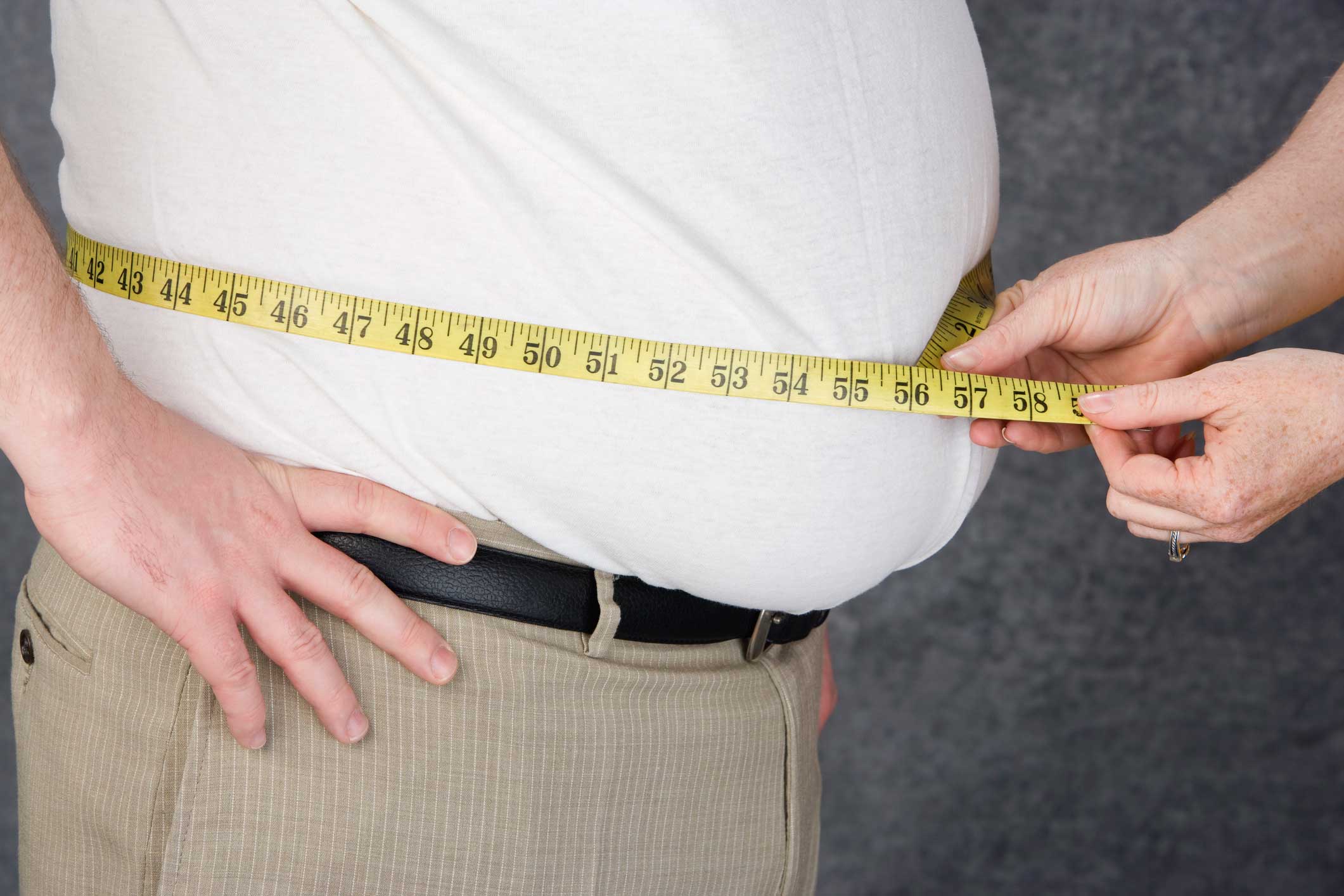The 70 percent of Americans who are overweight or obese are apparently carrying an increased cancer risk around their bloated waist.
If your waist measures 40 inches or more — the average adult American waist, both male and female, is 36 inches — it could be as revealing as your body mass index in assessing your risk of cancers associated with obesity, according to research published this week in the British Journal of Cancer.
The study by scientists at the International Agency for Research on Cancer, an affiliate of the World Health Organization, also found that the bigger waist measurement increases the risk of type 2 diabetes. Researchers also said hip circumference, hip-to-waist ratio and body mass index (BMI) are reliable predictors of obesity-related cancers, among them ovarian, pancreatic, liver, kidney, stomach, colorectal, prostate, gallbladder and esophageal.
“It’s become clear that however you measure excess body weight, obesity increases the risk of cancer and the risk of cancer recurrence after treatment,” says Dr. Peter Yu, physician-in-chief for the Hartford HealthCare Cancer Institute. “Obesity impacts the body’s immune system and metabolism in ways that cause cancer problems.”
BMI, a measure of body fat based on height and weight, considers normal weight results between 18.5 and 24.9. A person with a BMI of 30 or more is considered obese. Example: A 5-foot-9 person who weighs 204 pounds has a BMI of 30.1.
The researchers analyzed data from about 43,000 people whose health had been tracked for an average of 12 years and more than 1,600 who had been diagnosed with obesity-related cancer. Adding 4.3 inches to the average waist increased the risk of obesity-related cancer by 13 percent, according to the study. An extra 3.1 inches on the hips increased risk by 15 percent.
The researchers cited smoking and being overweight or obese as the two most preventable pathways to cancer. If you’re carrying 4 inches or more of excess weight around your midsection, maybe it’s time to start reducing your cancer risk by losing some of that weight.
“Energy balance, which is matching your consumption of calories to your daily exercise levels,” says Dr. Yu, “is a key component of a healthy lifestyle. Reducing calories together with increasing exercise is more likely to result in weight loss than either one alone.”
Concerned about cancer? Talk to a Hartford HealthCare Cancer Institute nurse navigator for advice, support or second opinions by calling 855.255.6181.


